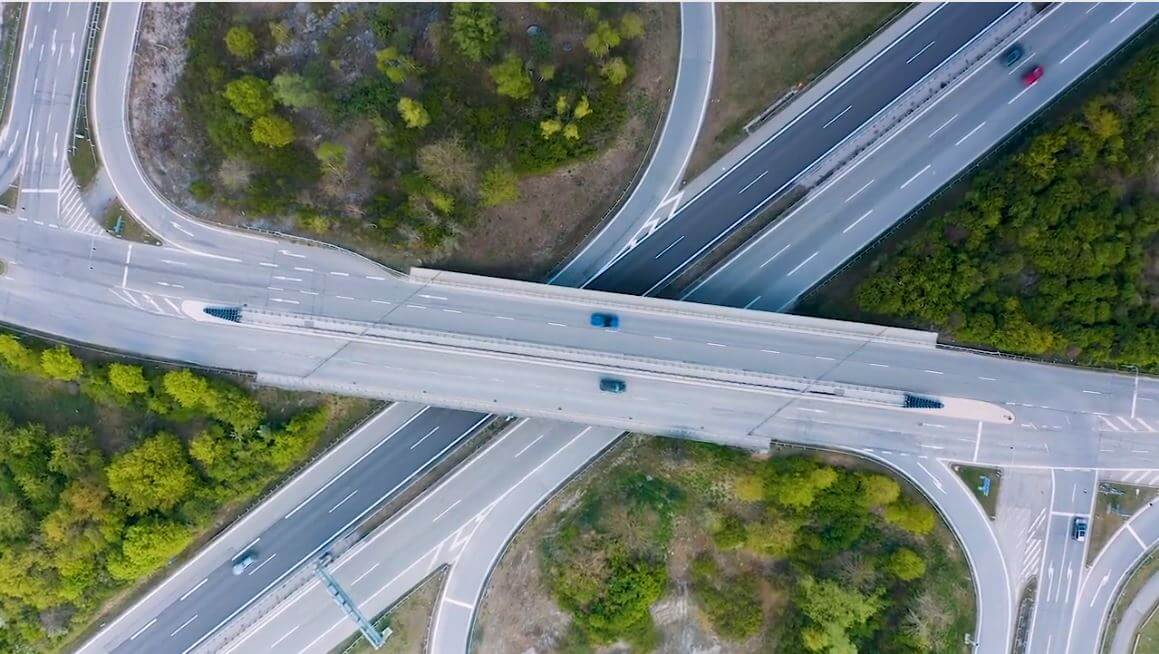A snapshot of global transportation data during six months of coronavirus reveals diverging paths for cities.
From skies to streets to subways, the coronavirus pandemic has brought dramatic and unequal changes to the ways that global societies move. Travel demand plummeted as stay-at-home orders and economic shutdowns swept the world, creating conditions that varied by geography, job status, income, race, and other factors.
These patterns reveal the deep socioeconomic inequalities built into the world’s cities, which have profoundly affected the pandemic’s uneven death toll to date. Now travel is bouncing back, even as coronavirus continues to claim lives and with further outbreaks likely to come. The lessons of the great transportation freeze of 2020 could guide future policies as many cities reopen and attempt to build a healthier future.
Nearly six months on, snapshots of global data paint a picture of where, how, and why cities stopped moving, and what the future may hold as the coronavirus travel freeze begins to thaw.
Laura Bliss, Jeremy C.F. Lin, Marie Patino – Bloomberg CityLab – June 18, 2020.












